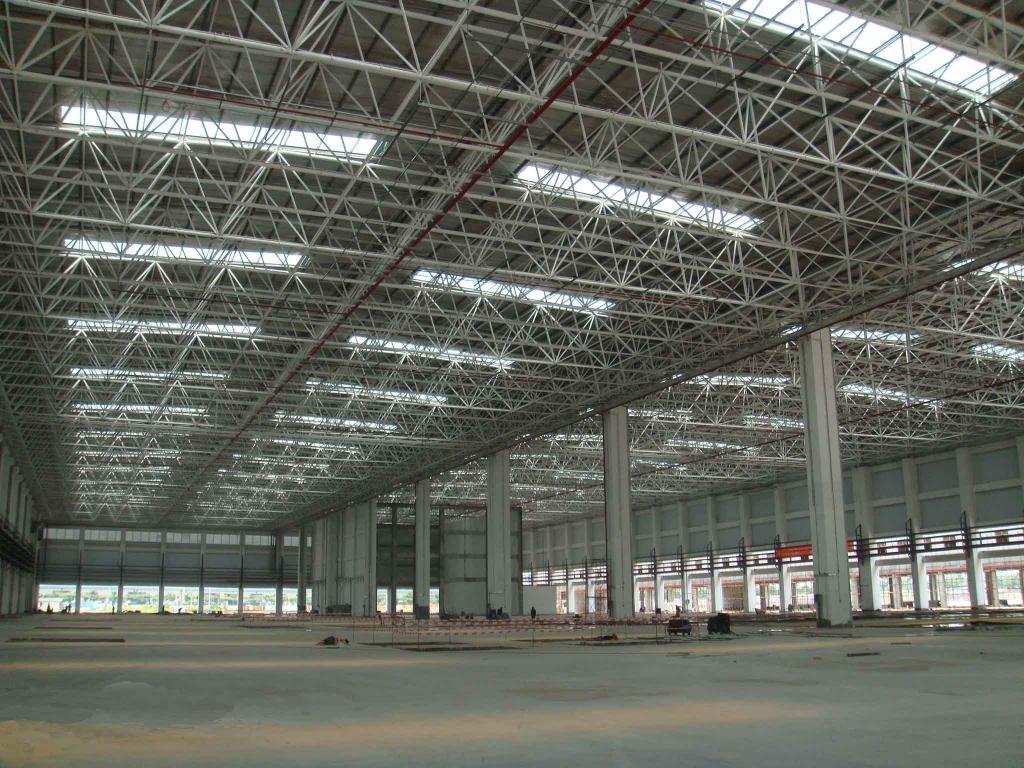Head of Iran’s Mines and Mining Industries Development and Renovation (IMIDRO), Mehdi Karbasian last week announced that all incomplete or pending steel projects have resumed their activities over the past 18 months.
“Operations at the unfinished steel projects have resumed with the least government intervention as 90 percent of finances are expected to come from the private sector with the remaining covered by IMIDRO,” he said.
Among the major pending steel projects, the official mentioned Sangan iron ore concentrate and pellet production unit in Razavi Khorasan province, Ardakan graphite electrode plant in Yazd province, the south Iran aluminum plant project and Mahdiabad Zinc project in Yazd province.
“The provincial steel projects that were launched in 2006 but came to a halt due to budget deficits, are to be executed with 65% private participation and 35 % government financing,” said Karbasian, adding that a letter of credit (LC) has been opened for the south Iran aluminum plant and the financing stage has been completed.
Regarding the Mahdiabad Zinc project, Karbasian said a memorandum of understanding (MOU) worth $1 billion has been signed with Australian investing company UCL and a consortium has been appointed to equip the mines with proper facilities.
Karbasian’s announcements regarding resumption of activities at unfinished steel projects comes as many industry experts believe the incomplete steel projects – most of which were approved by the former administrations – lack economic feasibility and proper planning, according to a report by Persian daily Ta’adol newspaper.
Lack of Prudent Planning
Some incomplete projects in the mining sector are currently in loss says Secretary of the Iranian Producers & Exporters of Mineral Products Association, Kamran Vakil, suggesting that instead of resuming the development activities of these plants, they must shut down to prevent further losses.
“Many of these projects were initiated by the former administration with the aim of creating jobs and reducing poverty, but without going through proper feasibility analyses to study their technical and economic viability,” he said.
According to the expert, lack of prudent planning by government leads to disturbing the market equilibrium and keeps the manufacturing plants from producing at their full potential. He cites the example of cement factories in Isfahan province which he says were recently forced to stop producing clinker for an entire month to ovoid a supply glut, noting that the government had not estimated the domestic demand properly before giving permits to cement factories.
Protecting Domestic Manufactures
Member of Iran’s Steel Producers Association, Seyed Reza Shahrestani points out that in light of the current recession in the global steel market, the government must focus its attention on protecting domestic steel manufactures, particularly small and medium scale plants.
He said by the time unfinished steel projects are completed, the sector will be faced with shortage of iron ore pellets, and hence the government must primarily focus on expanding pellet production.
He also noted that domestic steel makers are facing tough times as the international mineral prices have declined significantly and the constructions sector in the country is going through recession, and urged the government to give priority to protecting steel manufacturers instead of focusing on development projects.
“In such circumstances, we must focus on improving the quality of domestic products and reducing the production cost to help the steel sector survive in the competitive global market. Production of special alloy steels is another way to gain more competitive edge and boost export,” he suggested.
The government is determined to implement the pending steel projects in order to move closer towards the 20-Year National Vision Plan, according to which the country aims to achieve an annual steel production rate of 55 million metric tons by year 2025. However, market watchers keep warning that increasing production capacity without paying attention to key aspects such as feasibility and development of downstream and upstream industries will disturb the balance between supply and demand, in addition to becoming financially unviable.


